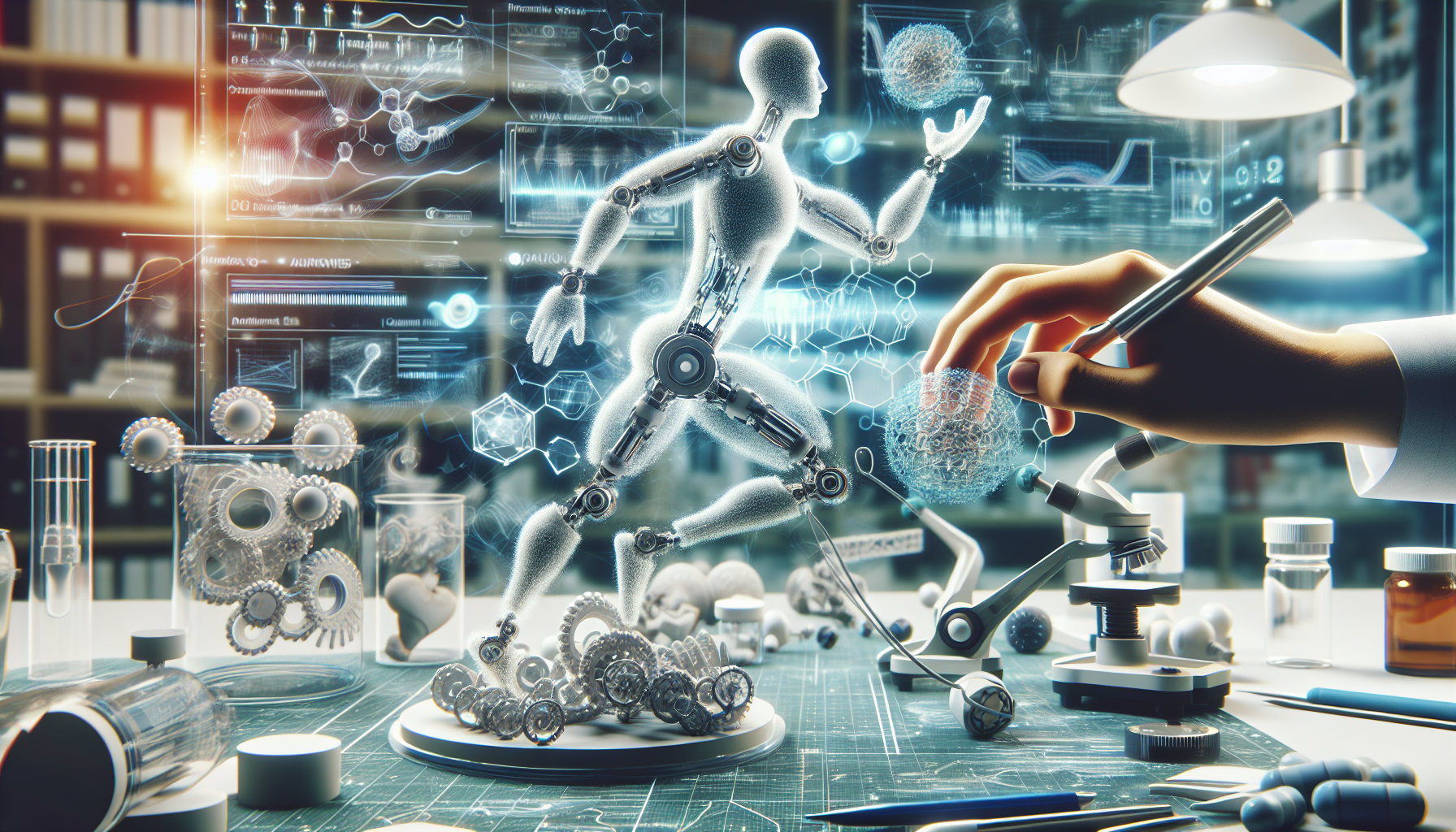The realm of robotics has achieved a remarkable leap forward with the advent of soft, flexible actuators that replicate the motions and functions of human muscles. These pioneering actuators are set to transform how robots interact with their surroundings, especially where safety, adaptability, and precision are paramount.
#### Background and Challenges
Traditional robots, composed of rigid and cumbersome materials, struggle in complex settings and risk safe interactions with humans. Soft robotics, using materials like elastomers, hydrogels, and polymers, addresses these issues. Yet, early soft actuators often depended on external power sources, limiting their applications.
#### New Developments in Soft Actuators
Recent innovations have birthed untethered soft actuators, freed from external power dependence. These actuators fall into several categories based on their operational mechanisms:
1. **Pneumatically/Hydraulically-Driven Actuators**: Utilizing compressed air or liquid for force and motion, pneumatic actuators are lightweight and efficient, while hydraulic actuators, though more powerful, entail complex systems.
2. **Magnetically-Driven Actuators**: Leveraging magnetic fields to create movement, these actuators offer precise control and potential for remote operation.
3. **Heat-Driven Actuators**: Employing thermal energy to induce motion, often through phase change materials or shape memory alloys.
4. **Electrically-Driven Actuators**: Using electrical stimuli like electro-active polymers to generate movement.
#### The New Muscle-Like Actuator
Engineers at Northwestern University have unveiled an affordable, artificial actuator that mimics human muscle expansion and contraction. Made from soft, stretchable rubber bellows, this actuator enables a single servo motor to efficiently replicate muscle-like motion, simplifying designs that traditionally needed multiple motors.
### Key Features and Applications
1. **Safety and Flexibility**: These actuators allow robots to interact safely with humans, making them perfect for healthcare, elder care, and service sectors. Unlike rigid robots that pose injury risks, soft robots can handle delicate objects with ease.
2. **Industrial Applications**: In industrial environments, these actuators can create adaptable robotic arms that manage fragile components without damage, enhancing efficiency and reducing waste in production lines.
3. **Healthcare and Rehabilitation**: Soft robots, utilizing these actuators, could aid in surgeries with precision and minimal risk. They could also be used in physical therapy, providing adjustable resistance and support for patients in rehabilitation.
4. **Educational Purposes**: The affordability and simplicity of these actuators make them ideal for educational use, enabling schools and universities to integrate soft robotics into their programs without high costs.
### Unique Properties
A defining feature of these new actuators is their ability to stiffen when fully extended, akin to human muscles. This enhances their functionality, enabling more effective force transmission. Unlike many older soft actuators that soften during use, these new actuators tighten and stiffen, performing tasks with increased efficiency, much like human muscle behavior.
### Future Perspectives
The advent of these soft, flexible actuators is a groundbreaking development in robotics. Continued research will likely foster further innovations, integrating seamlessly with natural environments and human activities. The applications are broad, ranging from biomedical devices and wearables to disaster response and assistive technologies.
In conclusion, this advancement in soft, flexible actuators ushers in a new era in robotics, promising safer, more versatile, and functional robots. As technology advances, these innovations will not only transform various industries but also profoundly enhance the quality of life for many.

Leave a Reply